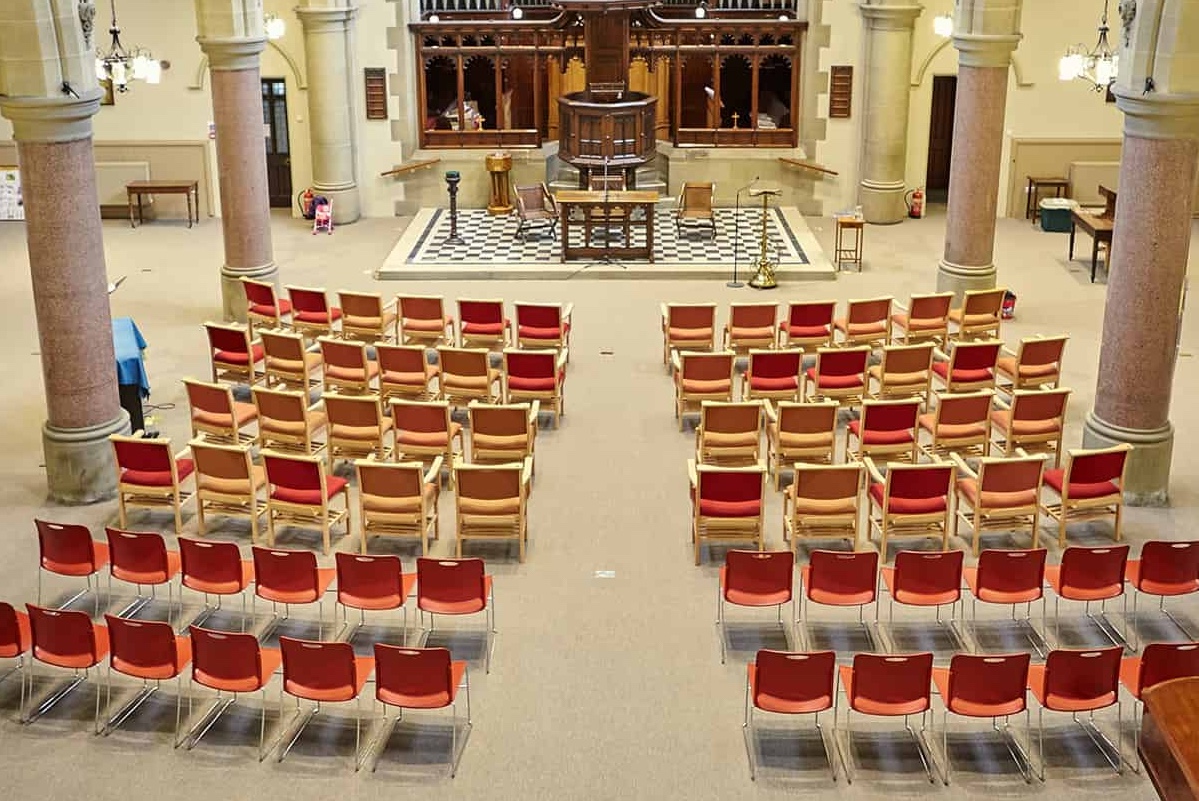Worship spaces are designed to foster spiritual experiences, promote community, and accommodate the needs of their congregations. Chairs play a crucial role in this environment, offering comfort, functionality, and aesthetic harmony. This article explores the various aspects of chairs for worship, including their history, design considerations, types, and the impact they have on the worship experience.
Historical Context
The evolution of seating in worship spaces mirrors the broader architectural and liturgical developments of religious institutions. In early Christian churches, worshippers often stood during services, a practice reflecting the Jewish tradition of standing during prayer. Over time, benches and pews were introduced, particularly in Western Christianity, to provide seating during longer services. These pews became a fixture in many churches, signifying a shift towards more static and structured worship.
In other religious traditions, such as Islam, worshippers typically pray on the floor, using prayer rugs. However, chairs and benches are often provided for those who need them, especially in modern mosques. Similarly, in Hindu temples, seating arrangements can vary widely, from sitting on the floor to using chairs for specific ceremonies or for elderly devotees.
Design Considerations
When selecting chairs for worship, several key factors must be considered to ensure they meet the functional and aesthetic needs of the space:
- Comfort: Long services require comfortable seating. Chairs with padded seats and backs, ergonomic designs, and appropriate lumbar support can help congregants maintain focus and participate fully in worship without physical discomfort.
- Durability: Worship spaces are high-traffic areas. Chairs must be constructed from durable materials that can withstand frequent use. High-quality wood, metal frames, and robust upholstery fabrics are common choices.
- Flexibility: Modern worship spaces often serve multiple purposes. Stackable or folding chairs provide flexibility, allowing for easy reconfiguration of the space to accommodate different activities, such as community gatherings, meetings, or special ceremonies.
- Aesthetic Appeal: Chairs should complement the architectural style and decor of the worship space. Traditional wooden chairs might be appropriate for historic churches, while contemporary designs may suit modern worship centers. Upholstery choices can also enhance the overall ambiance.
- Accessibility: Ensuring that seating is accessible to all members of the congregation is crucial. This includes providing options for individuals with disabilities, such as chairs with armrests for ease of getting up and down, and ensuring there are spaces for wheelchairs.
Types of Chairs for Worship
Various types of chairs are used in worship settings, each serving different purposes and preferences:
- Pews: Long benches that can seat multiple people. They are traditional in many Christian churches and can be elaborately carved and cushioned for comfort.
- Stackable Chairs: These chairs are versatile and can be easily stored when not in use. They are commonly used in modern worship spaces that require frequent reconfiguration.
- Folding Chairs: Similar to stackable chairs, folding chairs are easy to store and transport. They are ideal for temporary setups and outdoor services.
- Individual Church Chairs: These are single seats, often padded and with ergonomic features, designed for individual use. They provide a more personalized and comfortable seating experience.
- Chancel Chairs: These are used in the front area of the worship space, where clergy or choir members sit. They are often more ornate and larger than standard chairs, reflecting their prominent placement.
- Prayer Chairs: Also known as prie-dieux, these chairs are designed specifically for prayer, featuring a kneeler and a raised shelf for resting arms or a prayer book.
Impact on Worship Experience
The choice of seating in a worship space can significantly influence the worship experience. Comfortable and well-designed chairs help create an environment conducive to contemplation, prayer, and community. They can also affect the acoustics of the space, the ease of movement, and the overall atmosphere.
- Community Building: Chairs arranged in a circular or semi-circular pattern can promote a sense of community and inclusivity, encouraging interaction and engagement among congregants.
- Focus and Reverence: Comfortable seating allows worshippers to focus on the service rather than on physical discomfort. This enhances the sense of reverence and participation in the worship experience.
- Aesthetic Harmony: Chairs that complement the architectural and decorative elements of the worship space contribute to a cohesive and beautiful environment, which can uplift and inspire worshippers.
- Versatility and Inclusivity: Flexible seating arrangements accommodate various activities and ensure that all members of the congregation, regardless of physical ability, can participate fully in worship.
Chairs for worship are integral to the spiritual and communal experience of a congregation. By carefully considering factors such as comfort, durability, flexibility, aesthetic appeal, and accessibility, religious institutions can create worship spaces that support and enhance the practice of faith. Whether through traditional pews or modern stackable chairs, the right seating choices can help foster a welcoming and spiritually enriching environment for all.






